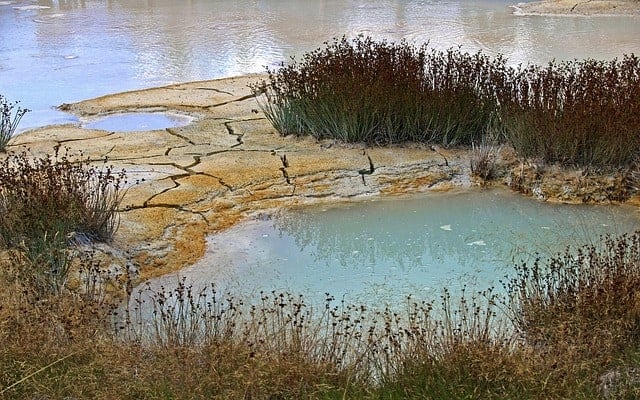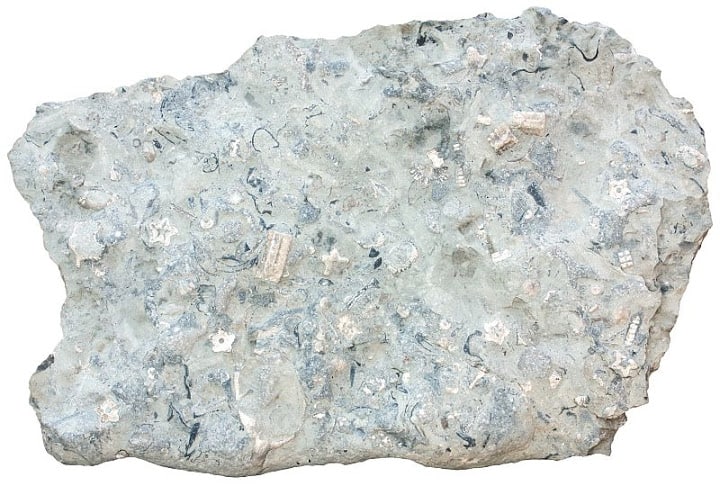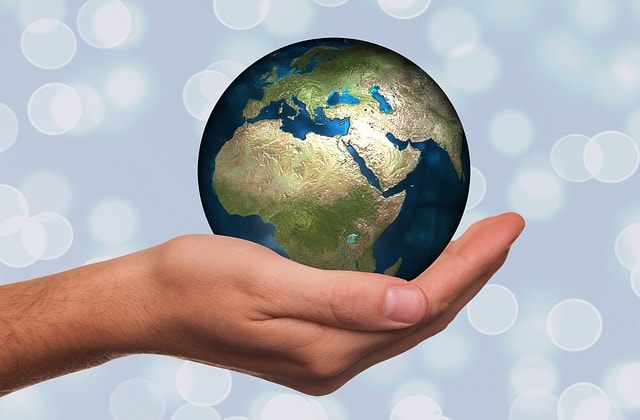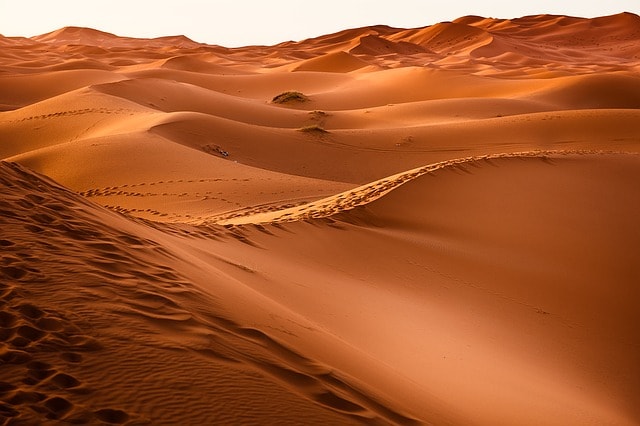Plateau Landform: Types and Importance of Plateaus

A plateau is defined as a flat and elevated landform rising sharply above the underlying area on at least a single side. The term plateau is also applied when referring to a structural earth’s surface such as Spain’s Meseta, which is, in this case, a tectonic plateau. Being found in every continent, plateaus occupy one-third of the earth surface. Other than other landforms such as mountains, hills, and plains, plateaus make up the list complete. The plateau surface may be extremely flat, hilly or rolling, plain-like and even dissected by streams as well as glaziers.
Plateaus are essential features of the earth’s surface which occupy over 33% of the total surface of the planet. The areas which are occupied by the plateaus are of great importance to man. Such regions may be used for agricultural purposes including the rearing of animals and crop growing. Plateaus can also act as vital sources of valuable minerals. Additionally, they are sources of tourist attraction hence making them essentials features. Plateaus are formed through various processes. Some of the significant processes that lead to the formation of multiple types of plateaus include faulting, folding, volcanic eruption as well as down warping among others.
Types of Plateaus
Since plateaus differ in terms of characteristics and appearances, the following types of plateaus exist:
The Diastrophic Plateaus
As the name suggests, diastrophism refers to the deformation of the earth’s crust in large scale to produce continents, basins, oceans, as well as mountain ranges. Therefore, all the plateaus that are high are known to be from this activity and are called a diastrophic plateau.
Since the uplift of these features, they have undergone various modifications by different agents of erosion. They are also modified by the minor earth movements as well as volcanism. The examples of this type of plateau include:
- The Ethiopian highlands
- Tibet
Boarder Plateaus
Most of the plateaus border the mountain ranges. They owe their current location to the very similar uplifts responsible for the formation of the nearby mountains. These plateaus tend to appear as a land strip standing between a tile of plains usually in the coastal regions and certain mountains.
One or both sides of these plateaus are marked by fall lines especially at the deepest bottom of the river’s gradients. The best examples of these plateau types include:
- The plateau of Colorado
- Piedmont Plateau
Volcanic Plateaus
There are also plateaus which are formed due to volcanic eruptions. The eruptions build up slowly over some time to create the plateaus. Such plateaus are known as volcanic plateaus and are generally built by the flow of lava.
However, the smaller sized plateaus which are degraded are as a result of the resistant lava caps. The caps always protect the land from possible erosion as it makes its high elevation constant following the wearing away of the surrounding area. The primary examples of the volcanic plateau are:
- Deccan Traps
- The Columbia Plateau
Intermontane Plateau
This type of plateau is made up of the most complicated world plateaus. They are the largest and the highest plateaus on the earth’s surface. They have various unique characteristics on their surfaces. The best example in this category is the Tibetan plateau, the Mexican and the plateau of Peru and Bolivia.
- The Tibetan plateau-this plateau stretches and covers over 1000 kilometers to the south from north and 2500 kilometers west from the eastern side. It is averagely elevated to a height of about 14800 feet. Tibetan plateau is the biggest and the tallest plateau in the world hence known as the roof of the world in most cases.
It is estimated to be four times the size of France and covers an area of 2.5 million square kilometers. It is bound to the south by the mighty Himalayas and to the north by the Kunlun mountains. The two systems always meet forming the western plateau boundary.
On the east, however, the plateau appears less sharp, and its boundaries form a layer between the western China Mountain and the plateau proper. In addition to giving rise to the most rivers in Asia, the plateau is also known to hold the constellation of freshwater as well as saltwater lakes.
- The plateau of Peru and Bolivia– this plateau tends to lie substantially in Bolivia at an elevation of over 12000 feet above the sea level.
- The Mexican plateau-the Mexican plateau extends to the border of the United States to the north and covers a larger area of Cordillera Neovalcanica to the south. The plateau is bounded by the Sierra Madre Oriental and the Sierra Madre Occidental to the east and west respectively.
Domed Plateau
Domed plateaus are the types of plateaus that come about following the effects of faulting and faulting processes of the earth. The example of these plateaus is:
- Ozark Plateau– Ozark Plateau is found in the United States of America. It was uplifted by folding and faulting into a vast dome some. It covers an area of over 40000 square miles. The feature was formed in this area following the Appalachian revolution that was witnessed at the close of the era of the Paleozoic.
The Erosional Plateau
Most of the world’s erosional plateaus are formed in the semiarid areas of the world. In this area, the streams are found to have cut certain portions of the high lands making it look like a table-like surface.
When water erodes mountains and other landforms, they form plateaus without the sharp tips that most mountains are known to have. The best example of such plateaus is the dissected plateaus.
Importance of Plateaus
There are lots of benefits of the world’s plateaus both to man and to the subjective well-being of the earth’s surface. Some of the significant benefits of plateaus are:
- Mineral deposits: Plateaus are rich in mineral deposits that can be mined by man to earn a living. Most minerals that are found on plateaus are valuable and have a monetary value such as gold and diamond. The minerals can be sold to earn money which can then be used to make a living.
- Waterfalls: In most areas occupied by plateaus, there are waterfalls as well as river falls. As water is a basic human need, such places will act as sources of drinking waters as well as water for other valuable activities.
- Extensive grasslands: Most plateaus are characterized by plenty of grass. The places are therefore crucial for the nomadic lifestyle since the grass is essential animal food. The green pastures on the plateaus are a perfect match for the growth and rearing of domestic animals.
- Fertile soils: The volcanic plateaus which are formed as a result of the flow of lava are known to be very productive. Volcanoes consist of fertile soils which are suitable for farming and other agricultural activities.
- Tourist attraction: Most plateaus have scenic spot-like features which act as tourist attraction sites. The grand cannons, as well as the numerous waterfalls which are found in most high plateaus, are the perfect examples of tourist attraction features on plateaus. With the attractions, the residents of such areas can earn foreign revenues from the sites.
Sources:






